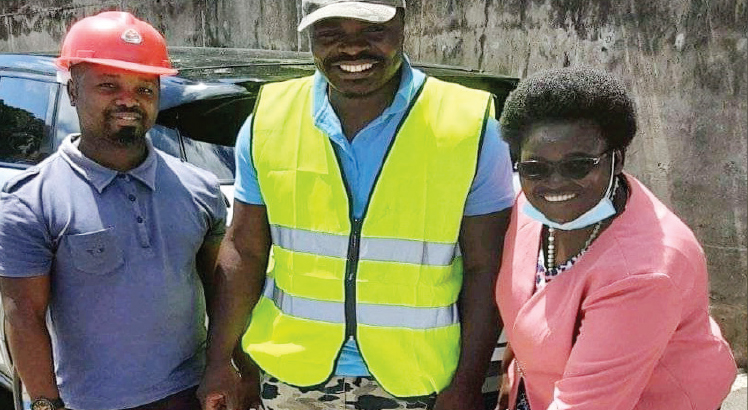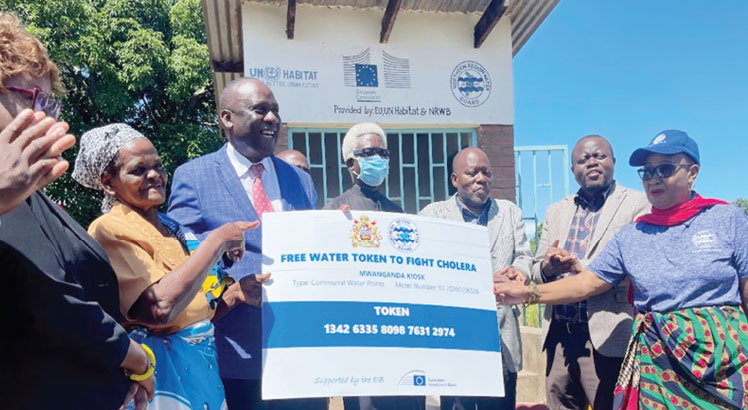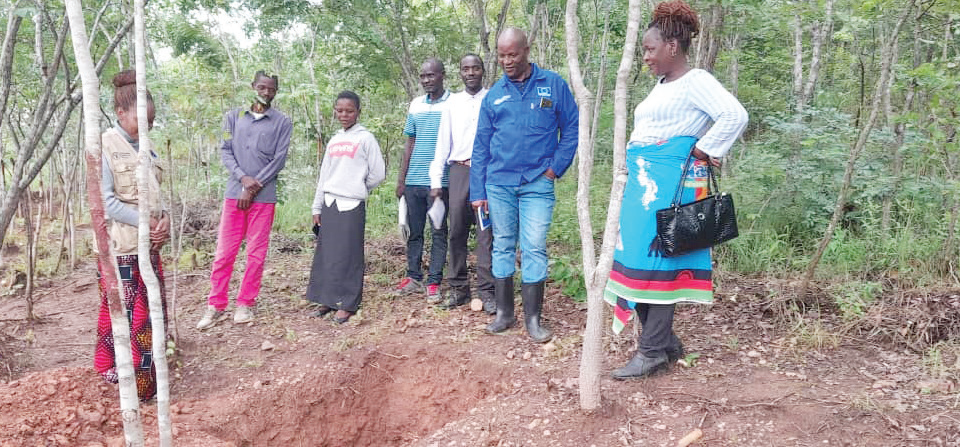Organic fertilisers give farmers relief
Farmers are being dealt a heavy blow following the continued rise of fertiliser on the global market.
The rise has influenced by the Russian invasion of Ukraine, the major global suppliers of fertiliser.
New figures from the Central Statistics Office (CSO) in Ireland show that the price of fertilisers jumped by more than 134 percent in February compared to the same time last year.
On a monthly basis, CSO said fertiliser prices are up 7.5 percent.

Already, prices for raw materials that make up the crop nutrient commodity market, ammonia, nitrogen, potash, urea, phosphates, sulphates and nitrates, have risen 30 percent since the start of the year, and are now higher than the levels reached during the food and energy crisis when prices jumped in 2008, according to CRU, a UK-based commodity consultancy.
In Malawi, the main drivers of domestic fertiliser price increases come from the global market with 90 percent attributable to increases in global prices for fertiliser and fuel, and weakening of the kwacha.
On the domestic market, fertiliser prices have been on the rise, with retail prices increasing by over 90 percent from K22 042 for a 50 kilogramme (kg) bag in August 2020.
Spot-checks by Business Review in some agro-dealer shops on Friday showed that a 50kg bag of Urea and CAN was selling at K49 000 and K37 700, respectively.
On the other hand, Super D was selling at K62 700 while Compound D was selling at K52 700.
However, for Blantyre-based Eulalia Mwinjira, the story will be different.
A smallholder farmer with a farm in Thyolo, Mwinjira says ever since she adopted the use of organic fertiliser she has seen great improvements in her harvests.
Last year, she says she benefitted from free Project Innovation Centre Organic (PIC) Fertiliser during their field trials.
This year, the organic fertiliser is at between K15 000 and K20 000 a 50 kg bag. This is half what farmers are paying for inorganic fertilisers at the moment.
The outcome, she says, has been encouraging.
“The importance of using organic fertiliser is that it is cheap and has high nutrient retention rate.
“My maize did well and I am looking forward to using it again this year.”
Speaking separately, PIC chief executive officer Kondwani Ngwira said they partnered international companies in South Africa last year and got a branch there to manufacture organic fertiliser for Malawi.
Ngwira said organic fertiliser application depend on crop type and soil .
He said: “We have developed standards for different crops.
“Our fertiliser is doing very well in horticulture and other crop without any supplements.”
He said subjecting a farm to constant application of organic fertiliser heals degraded land .
“Irrigation fertilisers vanish in the soil quickly within weeks, they don’t improve soil fertility for a long period . They are acute .
“Organic become part of the soil component such that in the future we may not even need fertilisers if the soil regains its standard . Its time to heal Malawi soils.”
Currently, the firm is manufacturing in South Africa, but has offices in Blantyre and Lilongwe .
Despite manufacturing in RSA, he says, “we have great plans of establishing this right here in Malawi.”
Meanwhile, Fertiliser Association of Malawi (FAM) says in its March 2022 Fertiliser Production in Malawi Paper that Malawi will not be able to become a major manufacturer of inorganic fertiliser in the foreseeable future due to lack of potassium, high grade phosphorus and cost-effective source of nitrogen.
Last month, Mwapata Institute warned that the Russian invasion of Ukraine would likely increase fertiliser prices further since Russia is the 4th largest producer of chemical fertilisers while Ukraine is among the top 20 and Belarus is a major player too.
Collectively, these three countries produce about 10 percent of the world’s nitrogen and phosphorus fertilisers, and 35 percent of the world’s potassium.
FAM data show that for the past five years, the annual fertiliser market in Malawi is between 350 000 and 370 000 metric tonnes (MT). With the Affordable Inputs Programme (AIP), the figures have increased in the past year to between 400 000 anf 450 000MT.
In the 2020/21 growing season, 345 710 MT of fertilisers were sold under AIP.
Farmers Union of Malawi chief executive officer Jacob Nyirongo says average smallholder farmers in Malawi may not afford the new prices.
He says: “The situation is pathetic and, in saying so, I am not just thinking of our members, but indigenous Malawians who depend on farming as well as small-scale farmers.
“This means they will have to be spending a fortune. Lucky are those who may rely on bank loans, but even such loans are not accessible to everyone and, by the next farming season, chances are that prices will have gone up again.”
In the 2022/23 National Budget, AIP has claimed 85 percent (MK 109.5 billion) of the agriculture sector budget.
This is a K33 billion decline from the previous year’s K142 billion allocation.
Minister of Agriculture Lobin Lowe was not available for comment.
However, Parliamentary Committee on Agriculture chairperson Sameer Suleman expresses fear that the rising fertiliser prices could put pressure on AIP.
He fears that this might lead to a significant decrease in number of beneficiaries.
“As Parliament, we understand the situation and we are in close contact with Smallholder Farmers Fertiliser Revolving Fund of Malawi and the Ministry of Finance to find an appropriate solution to the problem.
“We would recommend that the number of beneficiaries remain the same and parliament would consider approving more funds to the programme.”
Malawi’s fertiliser consumption is centred mostly on two major crops, tobacco, Malawi’s main forex earner, and maize, the country’s staple grain.






One Comment